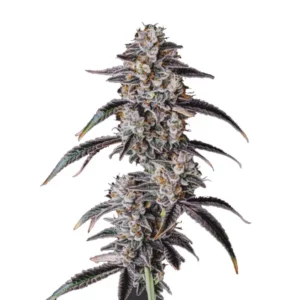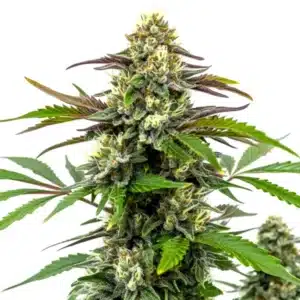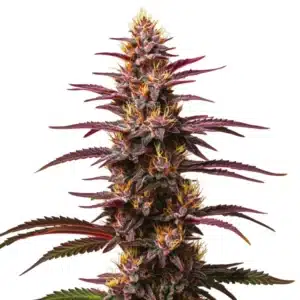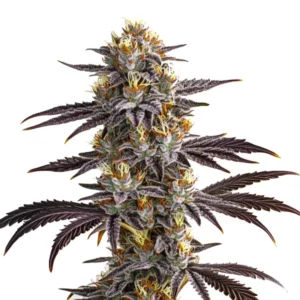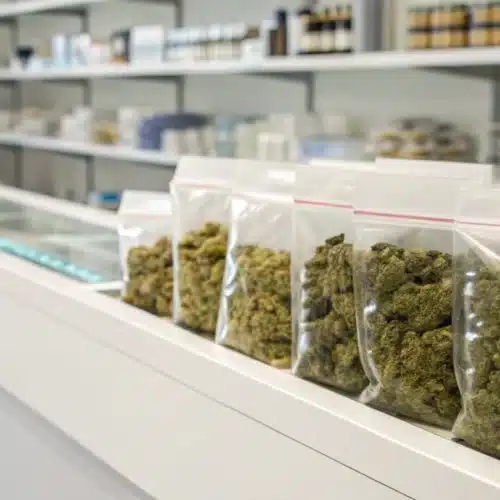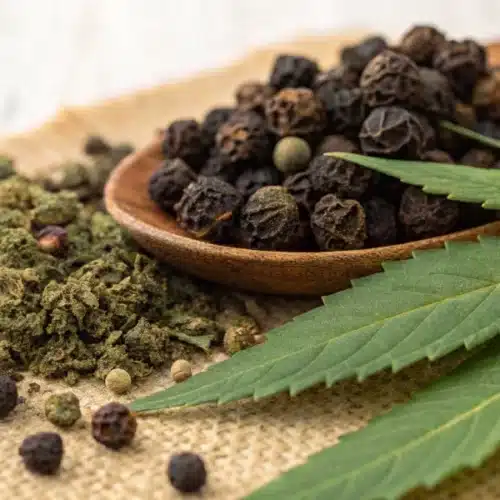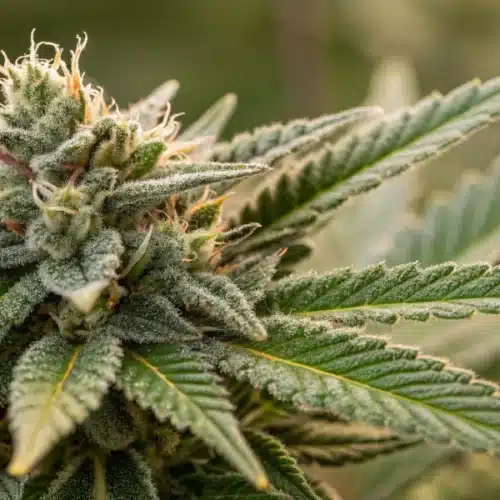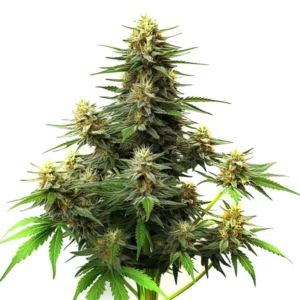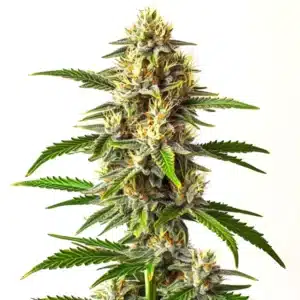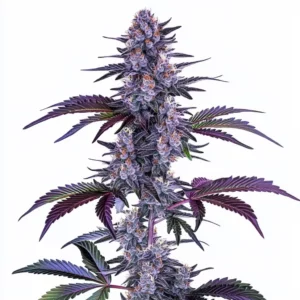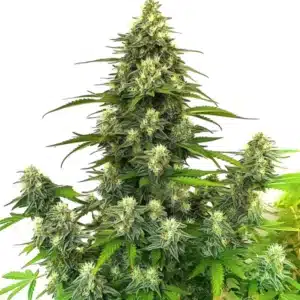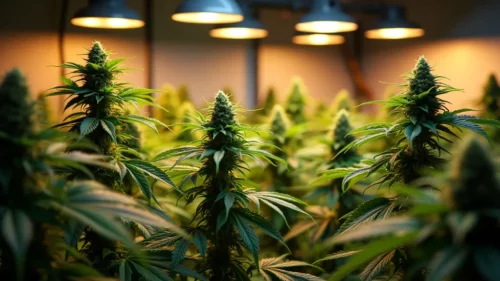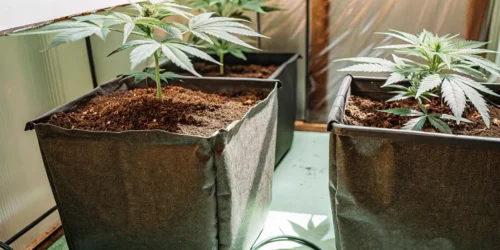Deelite Autoflowering Strain Description
Deelite Auto is a popular cannabis strain known for its balanced mix of genetics, blending both Thai and Afghani influences with Ruderalis. This hybrid, which leans towards Sativa, features a vibrant mix of aromas and effects that make it a favorite among both recreational and medicinal users. The buds are compact and covered in sticky trichomes, exhibiting a fresh and appealing appearance.
Recommended Strains
Deelite Autoflower
 THC: 18% - 20%
THC: 18% - 20% Type of seed: Autoflowering
Type of seed: Autoflowering Phenotype: Mostly Sativa
Phenotype: Mostly Sativa Day to flower: 8 - 10 weeks
Day to flower: 8 - 10 weeks
This strain is known for its uplifting effects, which include a euphoric sensation and an overall happy feeling. Users often report a sense of tingling relaxation, making it ideal for social settings or creative endeavors. Deelite Autoflowering also has medical benefits, helping alleviate issues such as arthritis, insomnia, and chronic pain. The flavors of this strain are distinct, combining pine, spicy, and sweet notes for a memorable experience.
Promos & Deals
Environmental Requirements for Growing Deelite Autoflowering
To achieve optimal growth for Deelite Autoflowering, understanding the strain’s environmental needs is essential. Deelite thrives in temperate conditions, preferring a daytime temperature between 70-80°F (21-27°C) and slightly cooler nights. Maintaining a stable temperature and humidity level will prevent unnecessary plant stress or issues like mold and mildew.
When grown indoors, it is important to provide adequate lighting for Deelite Auto. High-quality LED grow lights or HPS lamps are recommended to promote vigorous growth and dense bud formation. During the vegetative phase, a light cycle of 18-20 hours per day is ideal, transitioning to a 12-hour light cycle for flowering.
For outdoor cultivation, Deelite Seeds does well in a sunny environment with a warm climate. If the local climate is less predictable, consider using a greenhouse to protect the plants from unexpected temperature drops and to extend the growing season.
Setting Up The Growing Cannabis Space
Setting up the right growing environment is crucial for a successful harvest. Whether growing indoors or outdoors, it’s important to create an environment that meets Deelite Autoflowering’s requirements.
Indoor Cannabis Cultivation
For indoor cultivation, using a well-ventilated grow tent or dedicated grow room is ideal. Good ventilation ensures the exchange of fresh air, while an exhaust system equipped with a carbon filter helps control odors and manage humidity levels. Reflective materials, such as Mylar, maximize light efficiency, which is crucial for optimal growth.
Deelite Autoflowering grows well in various mediums, whether soil or hydroponics. Choose a high-quality growing medium and maintain a balanced pH between 6.0-6.5. Proper drainage is vital to avoid waterlogging, which could lead to root issues.
Outdoor Cannabis Cultivation
For outdoor growers, selecting a spot with good sunlight is essential. Deelite Auto performs well in warm climates, and planting in rich, well-draining soil will boost plant health. Utilizing fabric pots or large containers can provide better control over the soil and root environment, which is especially helpful in fluctuating outdoor conditions.
Consider staking the plants to support branches as they grow heavy with buds. Staking also helps maintain airflow around the plant, reducing the risk of mold.
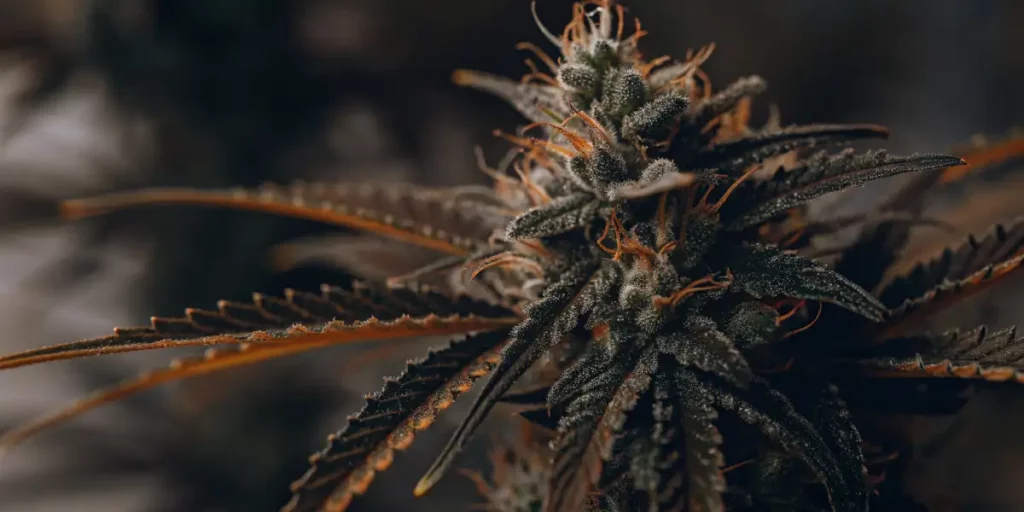
Propagation and Germination of Deelite Autoflowering
Ensuring proper germination is crucial for establishing healthy Deelite Autoflowering plants. Begin with high-quality seeds from a reputable seed bank to guarantee genetic stability and feminization.
Start by soaking the seeds in distilled water or placing them in a damp paper towel for 24-48 hours, keeping them at a stable temperature between 70-85°F (21-29°C). Once the seeds develop taproots, transfer them to a pre-moistened growing medium, such as a seedling tray or small pots with well-draining soil.
Maintain a temperature of 75-80°F (24-27°C) and keep humidity around 60-70% during germination. Providing indirect light initially and gradually increasing light intensity will help the seedlings acclimate without stress.
Once the seedlings develop a few sets of true leaves, they can be transplanted into larger containers to continue their growth.
Vegetative Phase of Deelite Auto
During the vegetative phase, Deelite Autoflowering requires ample light, nutrients, and care to ensure robust growth. Aim for 18-20 hours of light daily, using quality LED or HPS grow lights to provide sufficient intensity and coverage.
Feed the plants with a balanced fertilizer that has a higher nitrogen content to support leaf and stem growth. Monitor nutrient levels closely and adjust based on the plants’ needs, avoiding nutrient burn or deficiencies.
Watering should be done when the top inch of soil feels dry to avoid overwatering. Training techniques such as low-stress training (LST) or topping can be used to promote an even canopy and enhance bud production.
Flowering Phase of Deelite Autoflowering
Deelite Autoflowering typically enters the flowering phase around 8-10 weeks. Adjusting the light cycle to 12 hours of light and 12 hours of uninterrupted darkness will trigger flowering. Ensure consistent light schedules with the help of timers, and keep the grow lights positioned at an optimal height to avoid light burn while maximizing bud development.
Switch to a nutrient formula high in phosphorus and potassium to support flowering. Maintain temperature around 65-75°F (18-24°C) and reduce humidity levels to 40-50% during flowering to encourage resin production and avoid bud rot. Supporting branches with stakes is crucial as buds become dense and heavy.
Cannabis Fertilization and Nutrition
Proper nutrition is key for achieving the best yields with Deelite Autoflowering. Choose a cannabis-specific fertilizer that provides a balanced blend of macronutrients nitrogen (N), phosphorus (P), and potassium (K) along with essential micronutrients.
During the vegetative phase, nitrogen is particularly important for vigorous growth. During flowering, focus on phosphorus and potassium to promote bud development. Incorporate supplements such as bloom boosters and beneficial microbes to enhance overall plant health and improve yields.
Flushing the plants with pure water in the final weeks of flowering helps remove any residual nutrients, improving the taste and quality of the buds.
Pest and Disease Control for Cannabis Growing
While Deelite Autoflowering is a relatively hardy strain, it is still susceptible to common pests and diseases. Regularly inspecting your plants is key to early detection and prevention.
- Maintain a clean grow area, removing any dead leaves or plant debris that could harbor pests or pathogens.
- Use organic pest control measures such as neem oil or insecticidal soap if pests are detected. Introducing beneficial insects like ladybugs can also help manage pest populations naturally.
- Ensure proper airflow to prevent mold or mildew, especially during flowering when buds are dense.
Harvesting and Curing for Cannabis Growing
Harvesting Deelite Strain at the right time is crucial for optimizing potency and flavor. The ideal harvest time can be determined by examining the trichomes with a magnifying tool. When they appear milky with some amber, it indicates peak cannabinoid levels.
Cut branches individually and hang them in a dark, well-ventilated area with a temperature around 60-70°F (15-21°C) and humidity levels of 50-60%. Drying typically takes about 7-14 days. Once dried, buds should be placed in airtight jars for curing, with regular “burping” to release excess moisture. Curing should last at least 2-4 weeks to enhance flavor and potency.
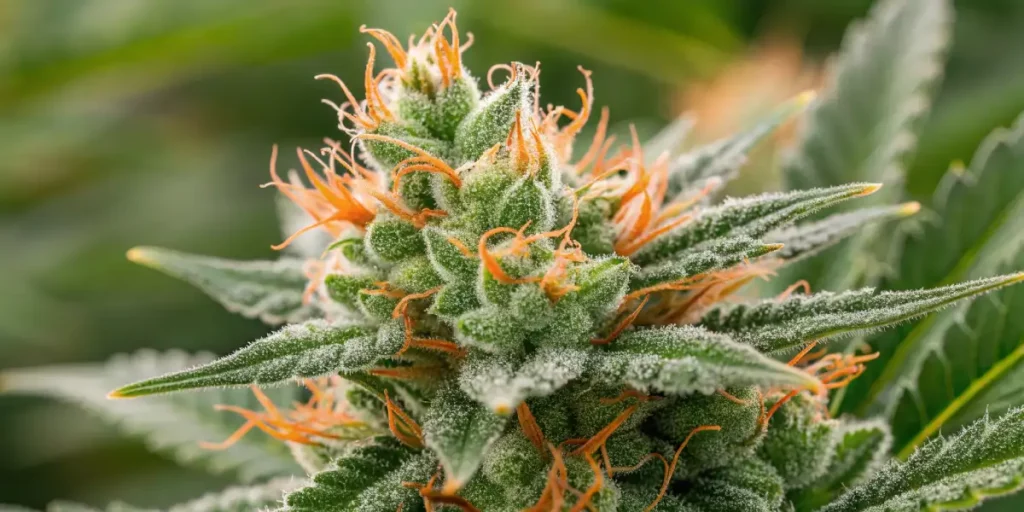
Is Deelite Autoflowering Indica or Sativa?
Deelite Autoflowering is a hybrid strain that leans towards Sativa genetics. Its lineage includes Thai and Afghani strains, which contributes to its balanced effects providing both an uplifting cerebral high and a sense of physical relaxation. This mix makes it versatile, catering to different preferences for both day and night use.
Advantages of Growing Deelite Autoflowering
- High-quality buds with an enjoyable blend of flavors: pine, spicy, and sweet.
- Suitable for both indoor and outdoor environments.
- Short flowering time (8-10 weeks).
- Good resistance to pests and diseases.
- Beginner-friendly due to its relatively easy cultivation.
Disadvantages of Growing Deelite Auto
- Requires odor control during flowering due to strong aroma.
- Needs precise nutrient management to avoid deficiencies or excesses.
- May need additional support for branches as buds become heavy.
Why Buy Deelite Autoflowering
Deelite Auto offers a unique combination of potency, flavor, and ease of cultivation. Its euphoric and tingly effects, coupled with a delightful flavor profile, make it a favorite among cannabis enthusiasts. Medicinal users also appreciate its benefits for treating pain, insomnia, and arthritis. With its balanced growth characteristics, it is well-suited for beginners and experienced growers alike.
Problems in Cultivating Deelite Autoflowering
Like any strain, Deelite Autoflowering may face some cultivation challenges. Nutrient imbalances are a common issue, as autoflowers can be sensitive to overfeeding. Ensuring proper pH levels and moderate nutrient use is essential.
Pests such as spider mites or aphids can also pose a threat, so proactive pest management is important. The strong aroma during flowering might require carbon filters or other odor control methods to keep the smell in check. Additionally, managing temperature and humidity levels is critical to avoid mold and bud rot, especially during late flowering.
Similar Strains
- Amnesia Haze Autoflower: Known for its energizing effects and citrusy flavor, this strain is another great option for Sativa lovers.
- Critical Mass Autoflower : Offers a relaxing body high with sweet and earthy flavors, making it suitable for evening use.
- Blueberry Autoflower: A fruity, Indica-leaning hybrid that delivers calming effects and is ideal for reducing stress and anxiety.
Tips for Professional Growers
- Consider using advanced training techniques like Screen of Green (ScrOG) to maximize yield in limited indoor space.
- Monitor EC (electrical conductivity) levels closely to ensure precise nutrient uptake throughout the growth cycle.
- Utilize CO2 enrichment during the vegetative and flowering stages to enhance overall growth and bud density.
FAQs
What is the THC content of Deelite Autoflowering?
This strain has a THC level ranging between 18% and 20%, making it a moderately potent strain suitable for most users.
How long does Deelite Autoflowering take to flower?
Deelite Autoflowering typically has a flowering period of 8-10 weeks, depending on the growing conditions and environment.
Is Deelite Autoflowering good for beginners?
Yes, Deelite Autoflowering is beginner-friendly, thanks to its resilience, easy-to-manage height, and relatively low nutrient requirements.
What flavors can I expect from Deelite Autoflowering?
This strain features a blend of pine, spicy, and sweet flavors, providing a unique and enjoyable taste experience.
What are the medical benefits of Deelite Autoflowering?
This strain is known for its effectiveness in alleviating symptoms related to arthritis, insomnia, and chronic pain.


